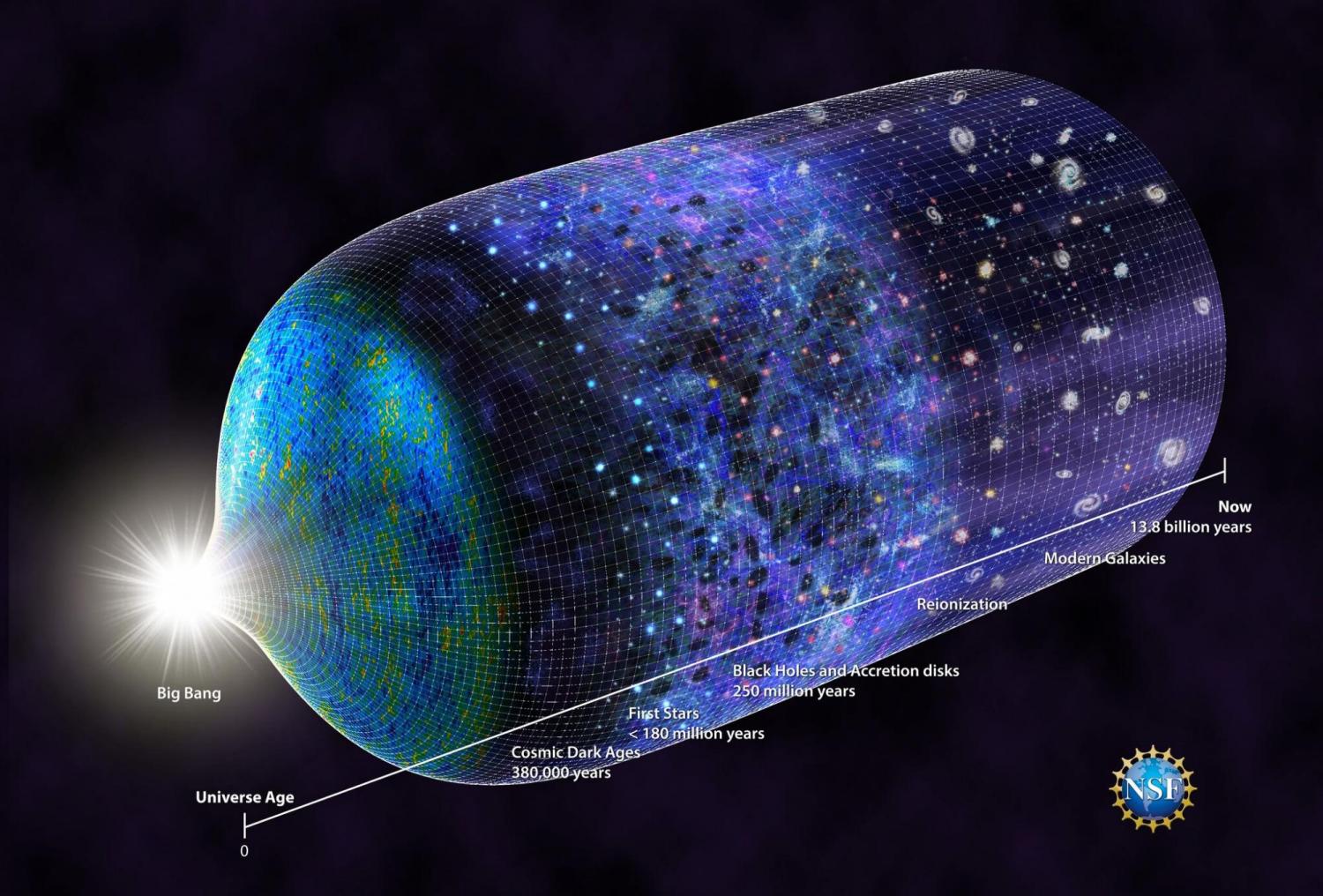
Ep. 542: Weird Issues: The Age of the Universe
Our series on Universe weirdness continues, this time we learn how astronomers are struggling to make sense of the age of the Universe.
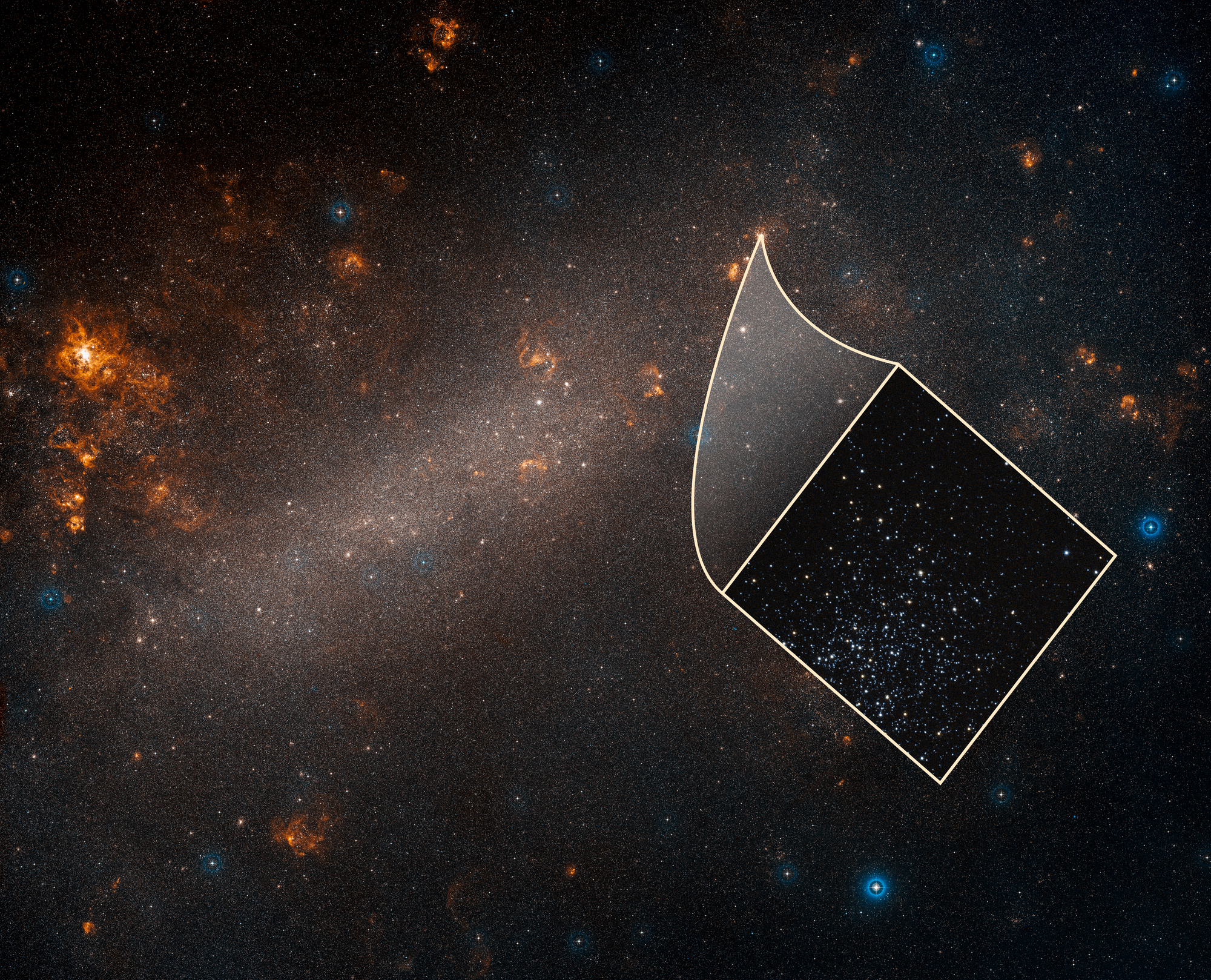
Ep. 541: Weird Issues: The Expansion Rate of the Universe
Just when the Universe was starting to make sense, the cosmos throws a curveball at us. Astronomers have been trying to accurately measure the expansion rate of the Universe as far back as Hubble. It’s been tough to nail down, and now astronomers are starting to figure out why.
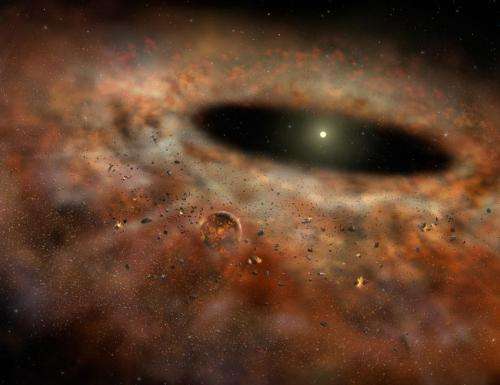
Ep. 540: Weird Issues: How Do (or Don’t) Planets Form?
As astronomers started to discover planets orbiting other stars, they immediately realized that their expectations would need to be tossed out. Hot jupiters? Pulsars with planets? We’re now decades into this task, and the Universe is continuing to surprise us.
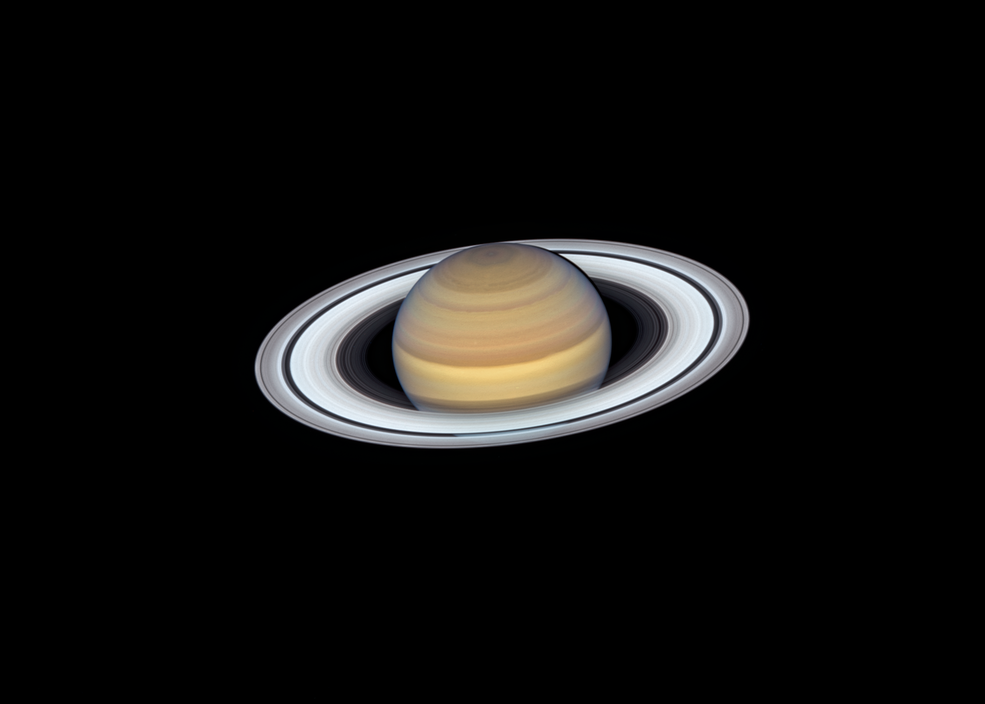
Ep. 539: Weird Issues: Why We Don’t Know the Age of Saturn’s Rings
How old are Saturn’s rings? They could be brand new, or they could be as ancient as the Solar System itself. Planetary scientists thought they knew the answer thanks to new data from Cassini, but new ideas are calling even that into question.
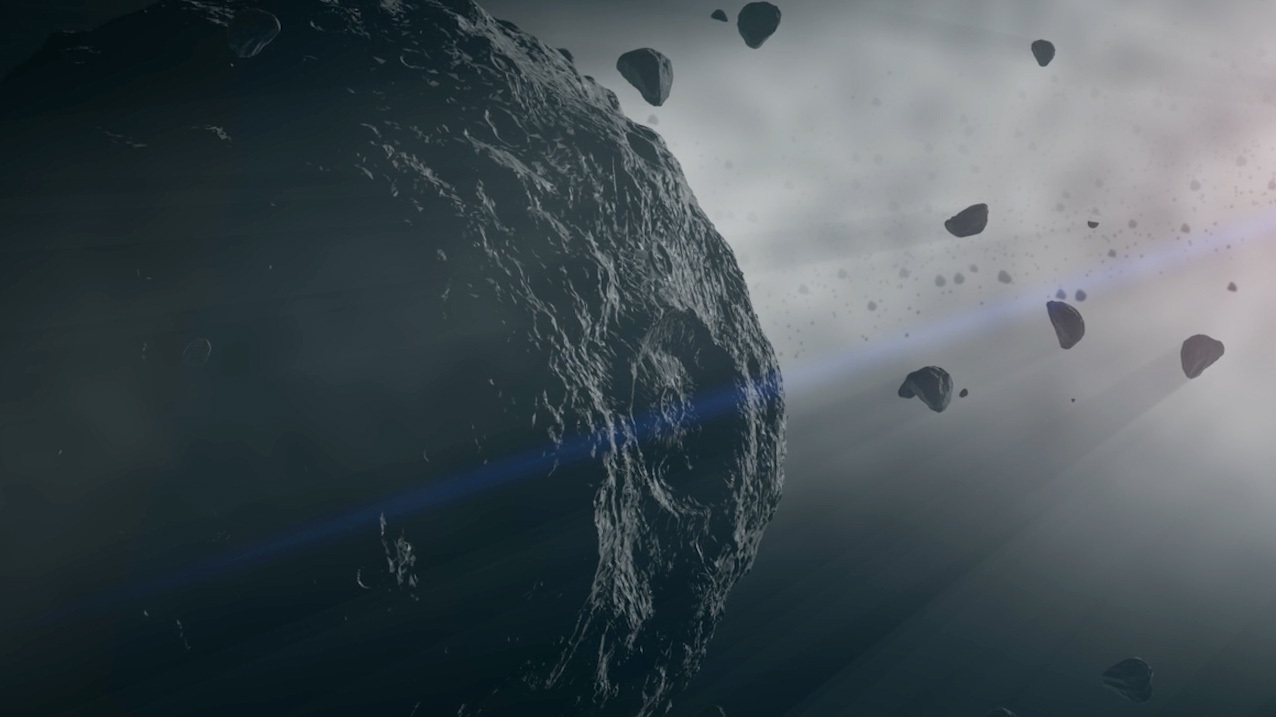
Ep. 538: Asteroids: Rubble piles of the Solar System
Thanks to all the work from Hayabusa 2 and OSIRIS-REx, astronomers are getting a much better look at the smaller asteroids in the Solar System. It turns out, they’re piles of rubble… but fascinating piles of rubble. Let’s talk about what we’ve learned so far.
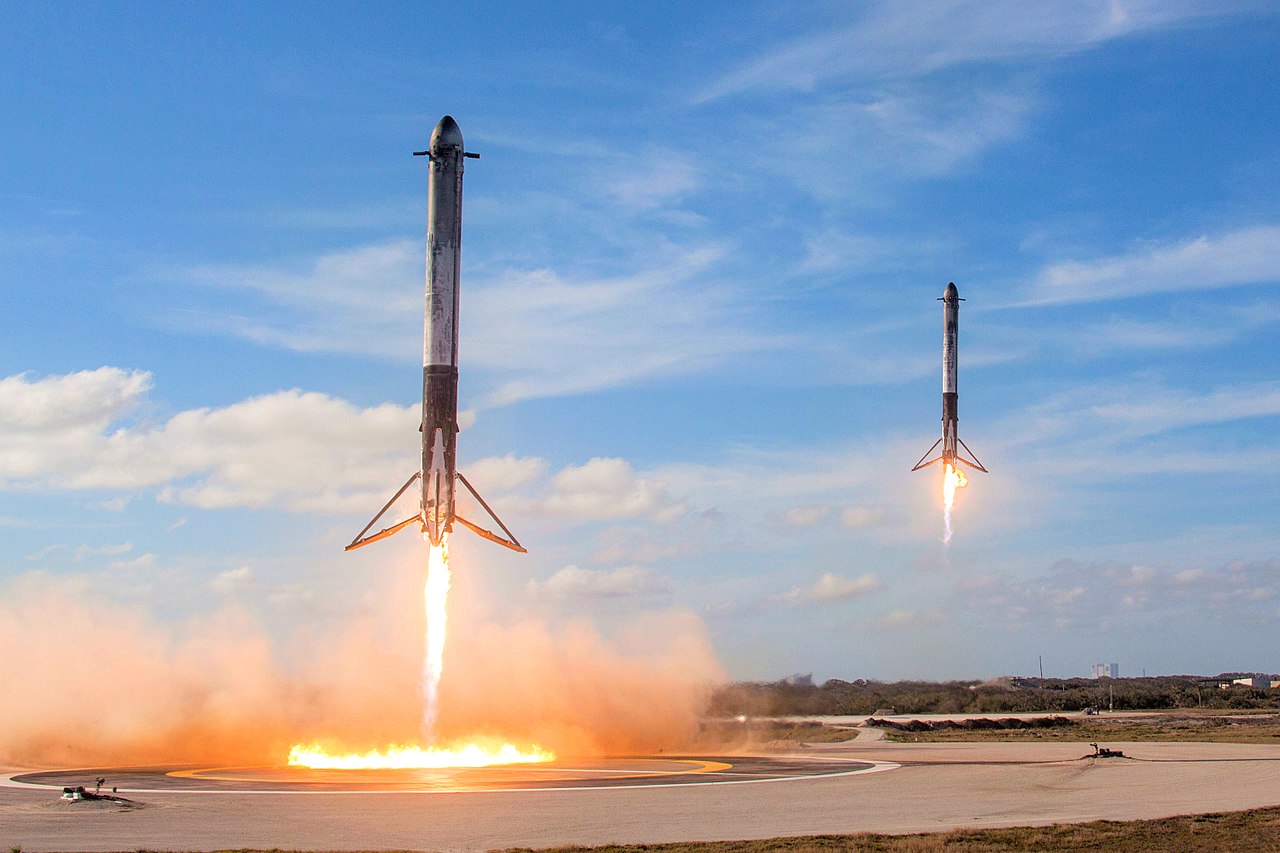
Ep. 537: Reusable Rocket Revolution
We took a hiatus this summer, but SpaceX sure didn’t, with the tests of the Starhopper prototype. Today we’re going to talk about the revolution in reusable rocketry and quest to build a fully reusable two-stage rocket.
Libsyn Survey Request
Please help us keep bringing you content by going to http://survey.libsyn.com/astronomycast and filling out the survey, so Libsyn can find us sponsors for Astronomy Cast! Astronomy Cast will be back in September! Don't forget you can still catch Pamela with Daily...
Summer Hiatus: Astronomy Cast Ninja Stream – Planning for Season 14
https://youtu.be/_d-TKTqWYz8 Pamela shows you around behind the (digital) scenes, and asks for your ideas for Season 14 of Astronomy Cast! Bennu Mappers - Help CosmoQuest map rocks to help pick which ones OSIRIS-REx will bring back from asteroid Bennu! Start your...
Astronomy Cast: On Hiatus until September 2019
Astronomy Cast will be on hiatus for July and August. Don't worry, we'll be back in September, and we might just have surprises for you all along this summer! Don't forget you can still catch Pamela with Daily Space, rocket launches and specials on CosmoQuest's Twitch...

Ep. 536: Everyday Relativity
Relativity is used in more day to day situations than you may realize. In this episode, we will count (some of) the ways. This episode is brought to you live from the All-Stars Star Party in Indian Wells, California.
